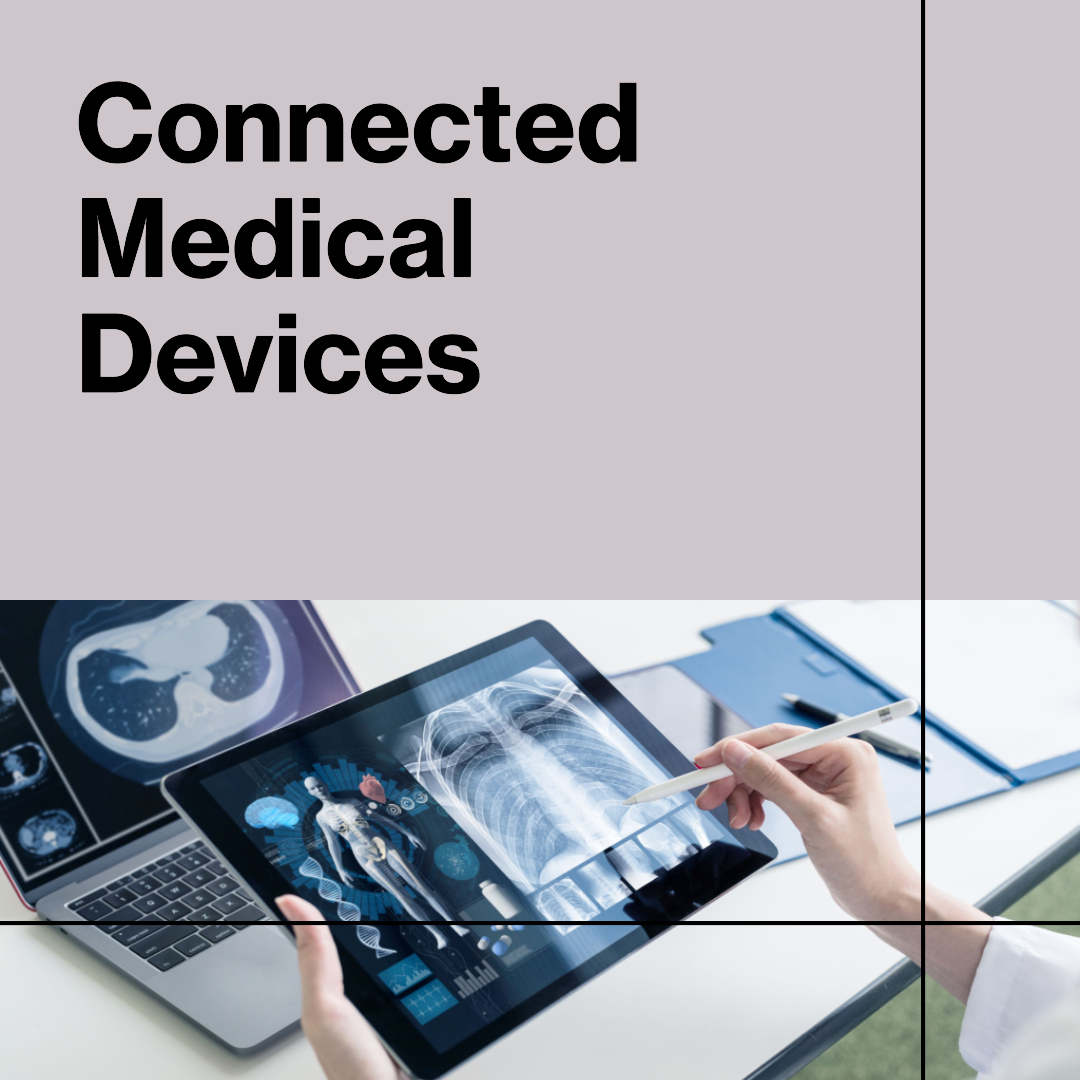IoMT stands for Internet of Medical Things. It is a network of internet-connected medical devices, hardware infrastructure, and software applications used to connect healthcare information technology. IoMT allows wireless and remote devices to securely communicate over the Internet to allow rapid and flexible analysis of medical data.

IoMT is that it is a way to connect medical devices to the internet so that they can share data with each other and with healthcare providers. This allows for better monitoring of patients’ health, and it can also help to improve the efficiency of healthcare delivery.
The global internet of medical things (IoMT) market was valued at US$ 39.3 billion in 2020 and is expected to reach over US$ 172.4 billion by 2030, growing at a CAGR of 15.9% from 2021 to 2030. (Source: Precedence Research)
Some examples of connected medical devices:
Remote patient monitoring (RPM) devices:
These devices allow healthcare providers to monitor patients’ vital signs and other health data remotely. This can be done from a smartphone, tablet, or computer. RPM devices are used to manage chronic conditions such as diabetes, heart disease, and asthma.
Wearable devices:
These devices are worn on the body and can track a variety of health data, such as heart rate, steps taken, and sleep quality, and they can also be used to monitor chronic conditions.
Implantable devices:
These devices are implanted in the body. can provide continuous monitoring of vital signs or deliver medication. Implantable devices are used such as heart failure, diabetes, and epilepsy.
In-hospital devices:
These devices are used in hospitals to monitor patients’ vital signs and other health data. In-hospital devices can be connected to the internet so that healthcare providers can access patient data remotely.